

Does learning all the parts of a sewing machine make you an advanced sewist? Can it guarantee a quicker device setup and better results? While it’s not necessary to understand the working process of a sewing machine, we feel that even brief knowledge of its mechanism can prove useful. Not only when something breaks, but even when you need adjustments for a difficult project.
In this guide, we give you a simple overview of each sewing machine part! Almost all such devices follow the same rough design, though some of the modern computer models may have a few added extras to get to grips with.
These are the different parts of a mechanical sewing machine that relate to the actual function and mechanics of the machine. Whether you are buying a sewing machine for beginners or something that is a little more advanced, you should try to understand all of these components.
There are a number of different sewing machine designs, of course, and they vary slightly, but the same mechanical parts tend to exist on every single machine on the market.
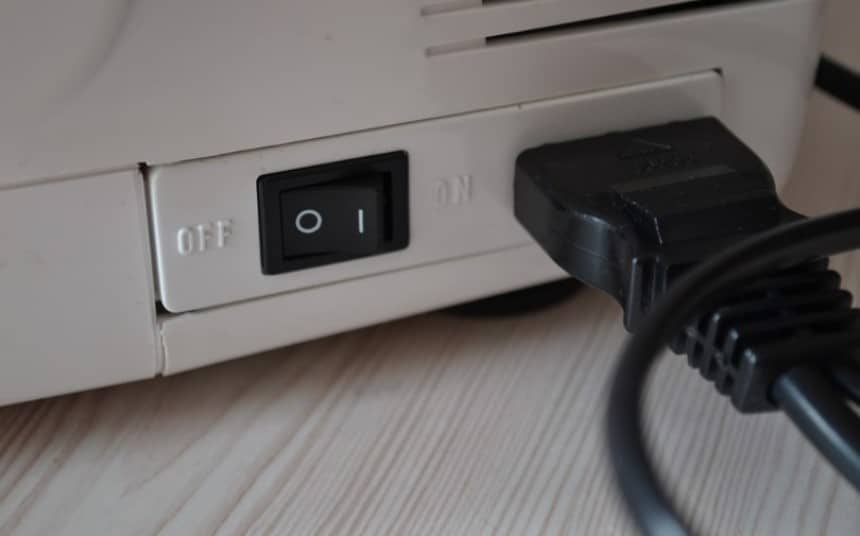
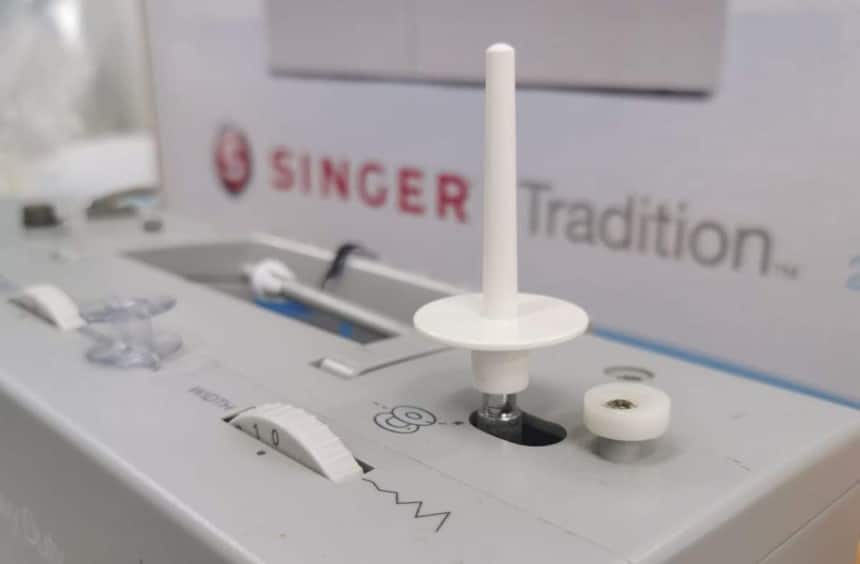
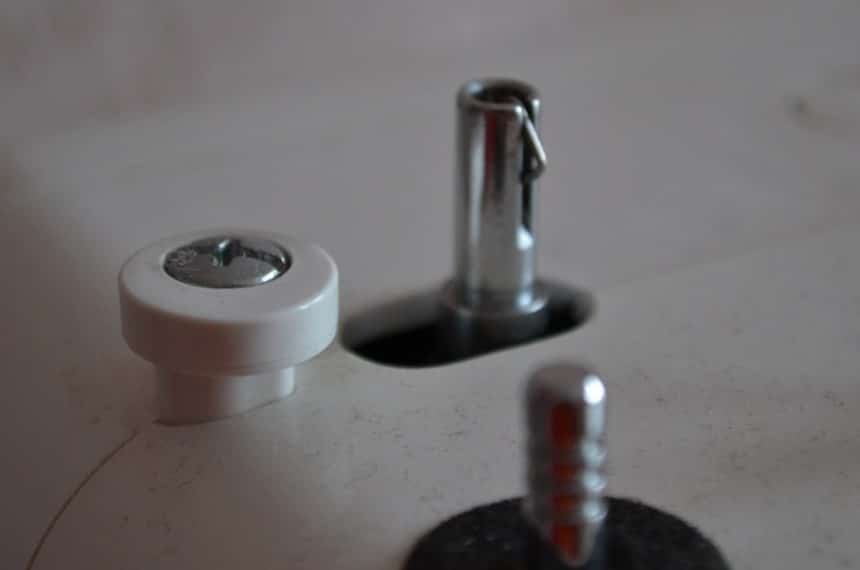
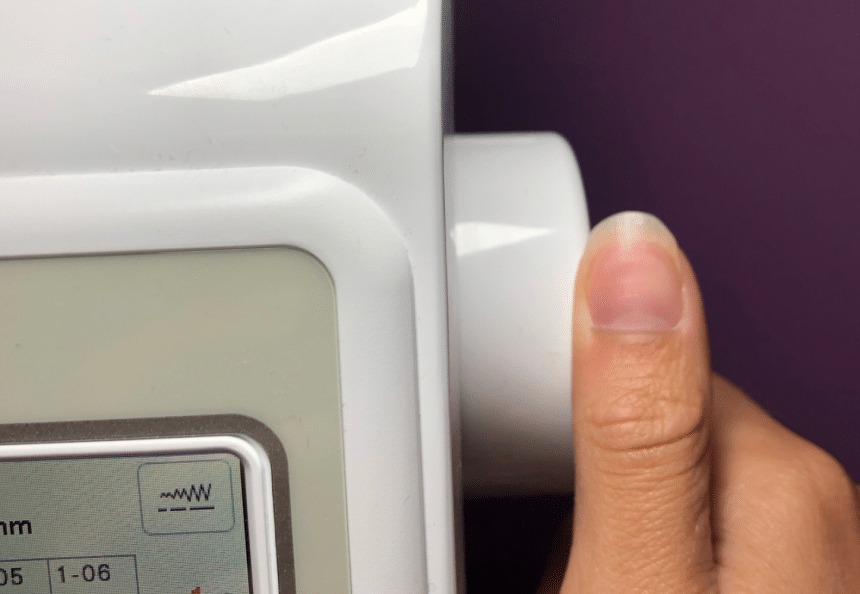
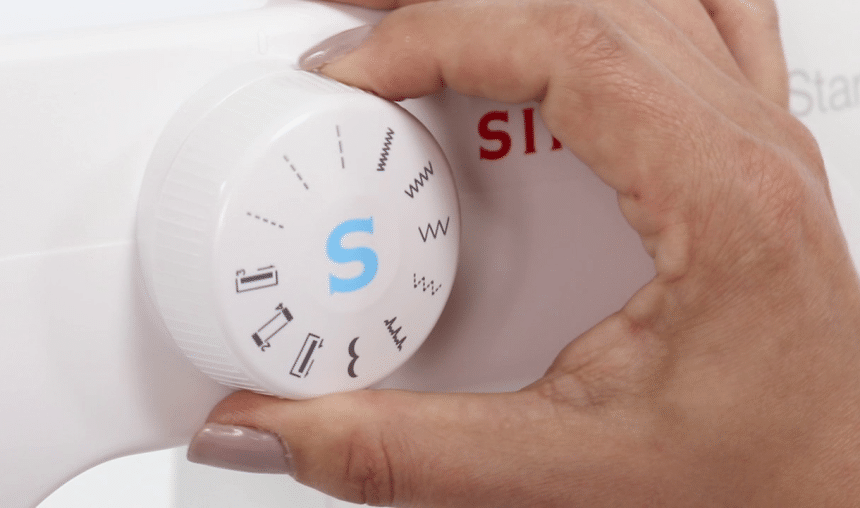

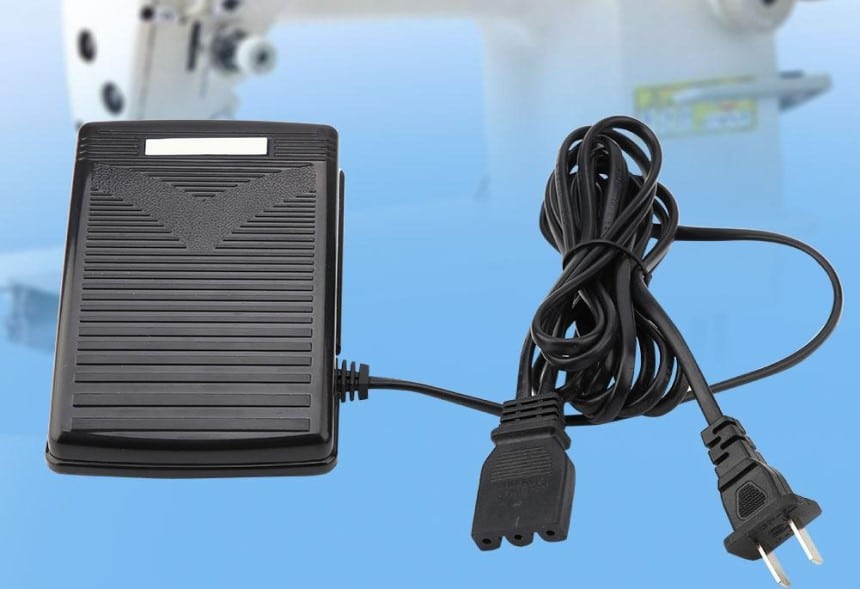
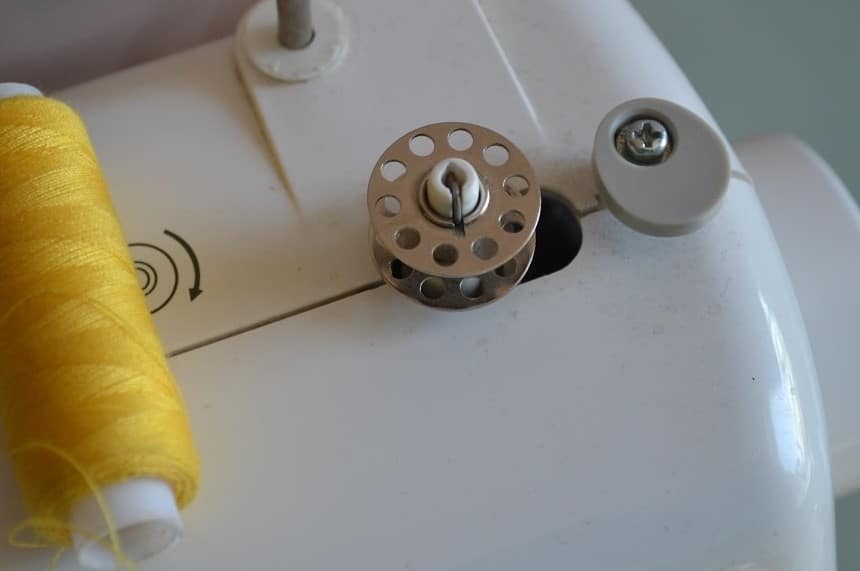
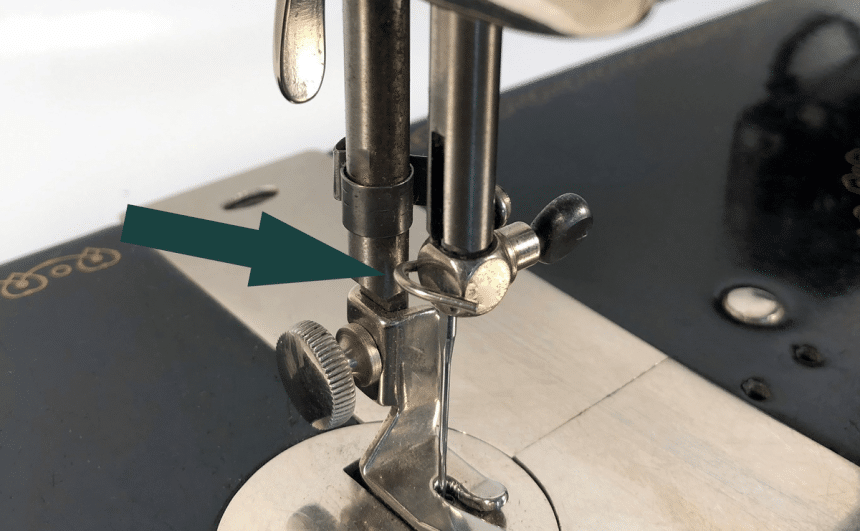
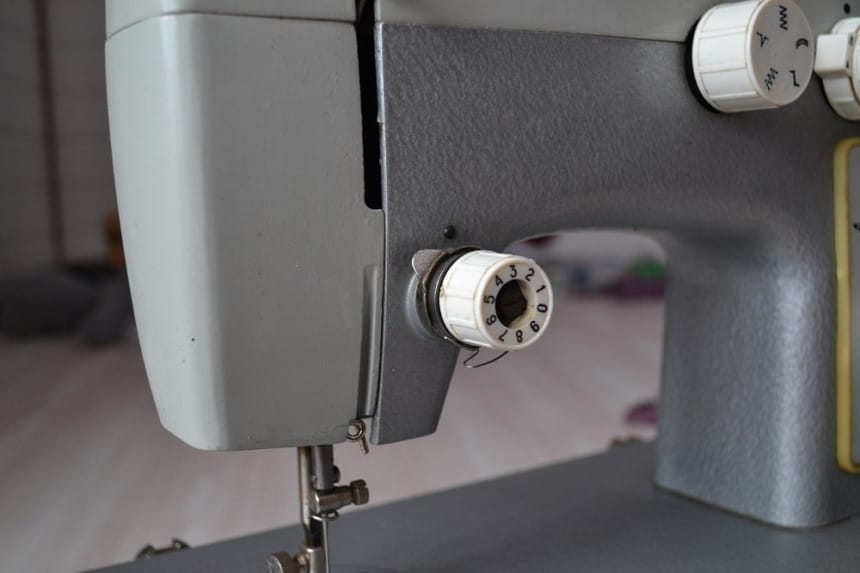
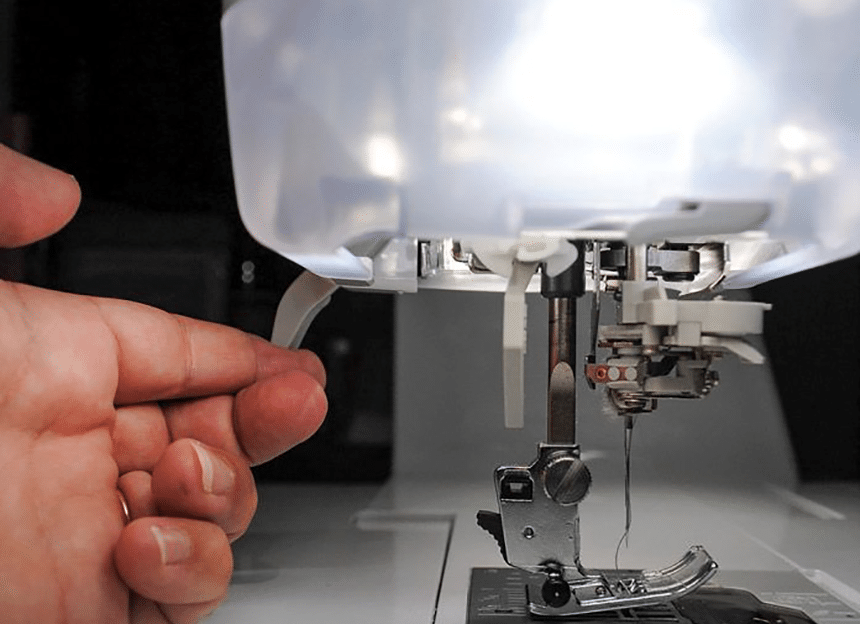
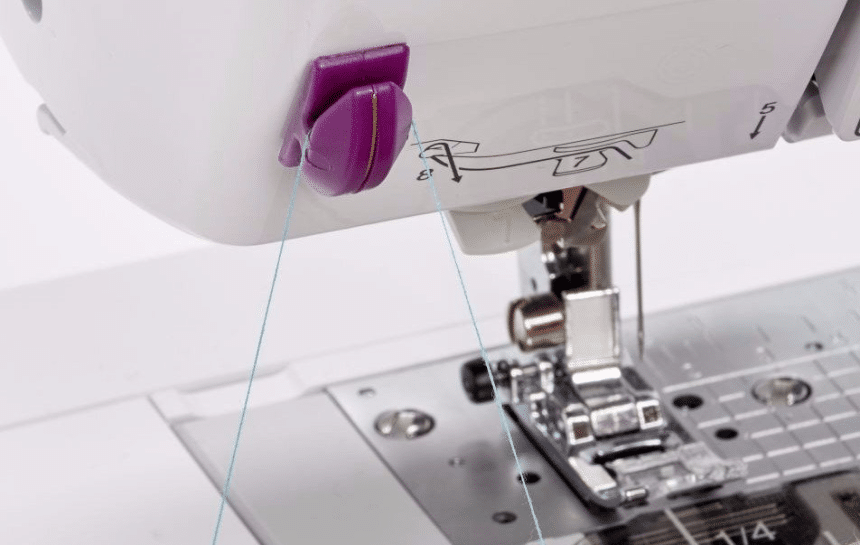
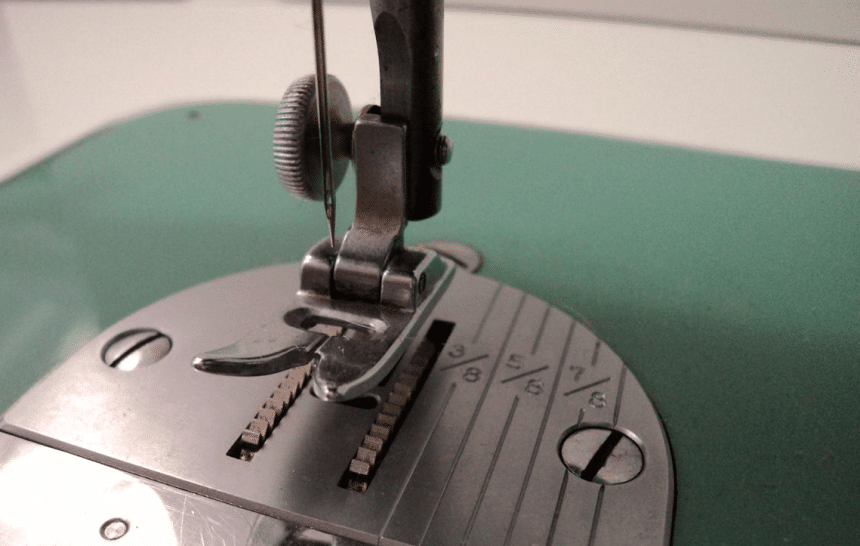
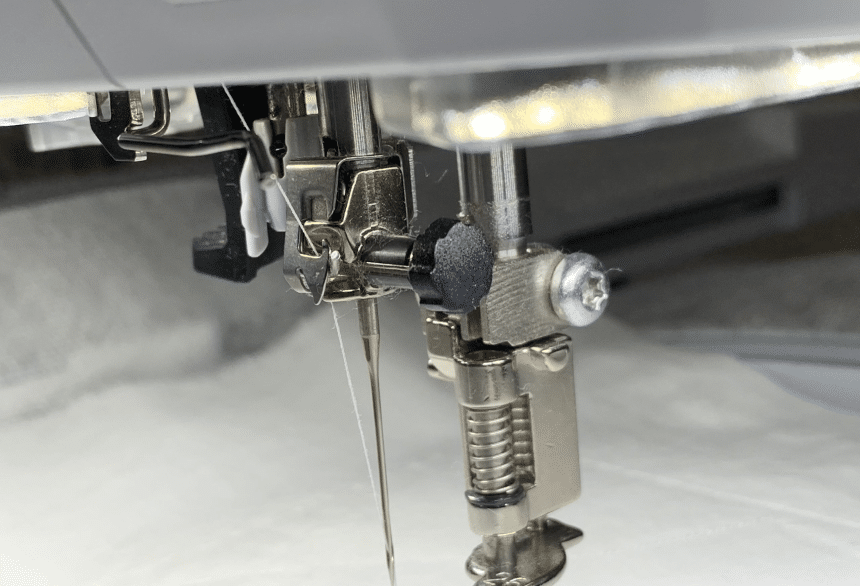

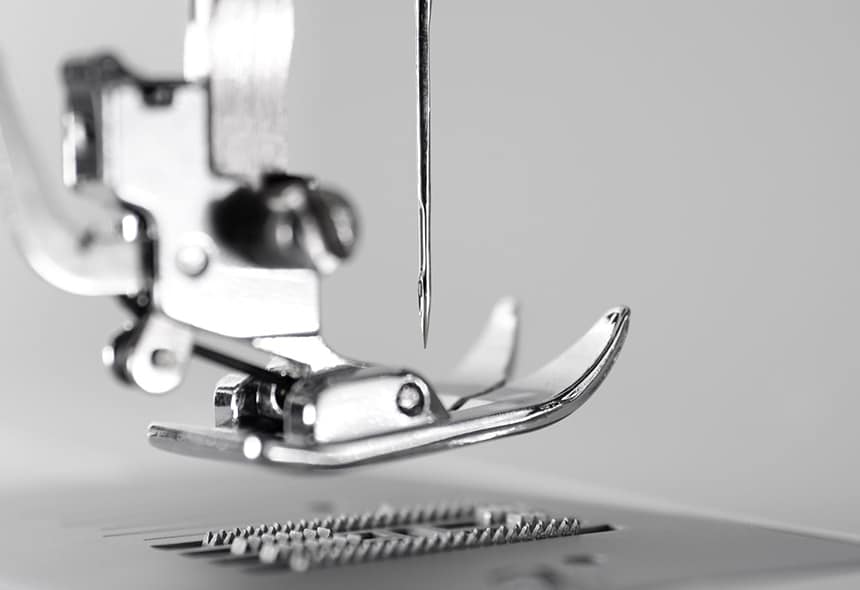
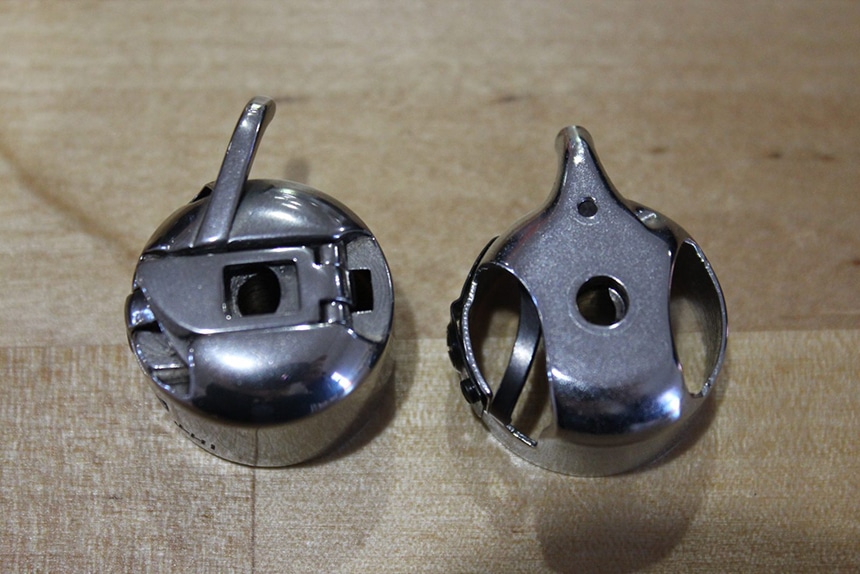
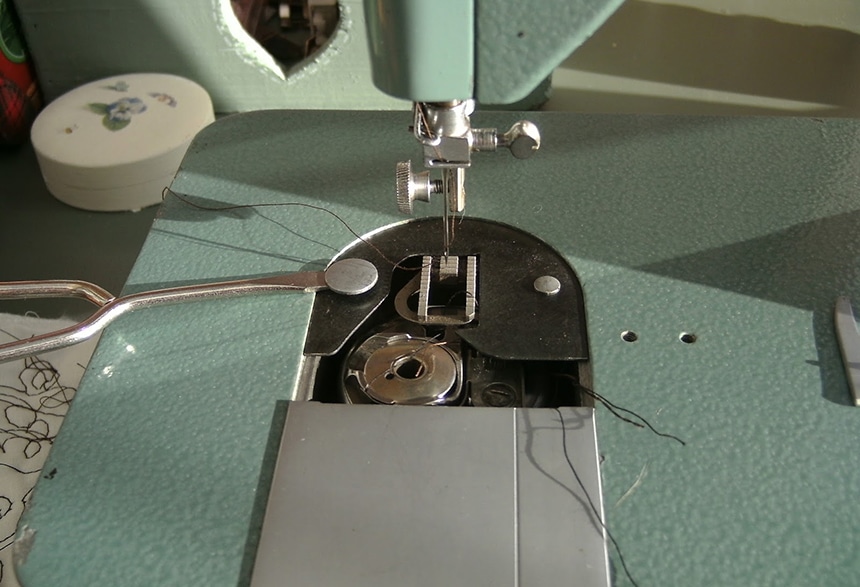
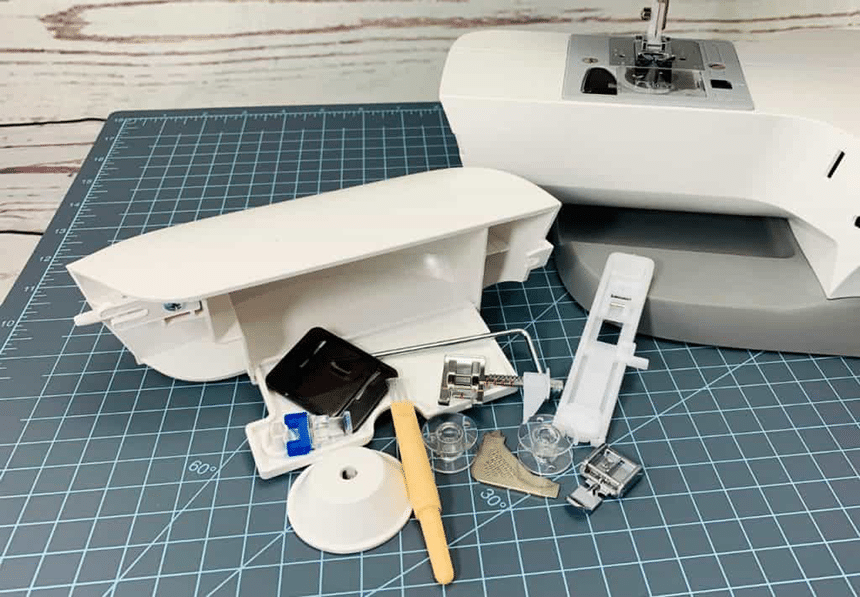
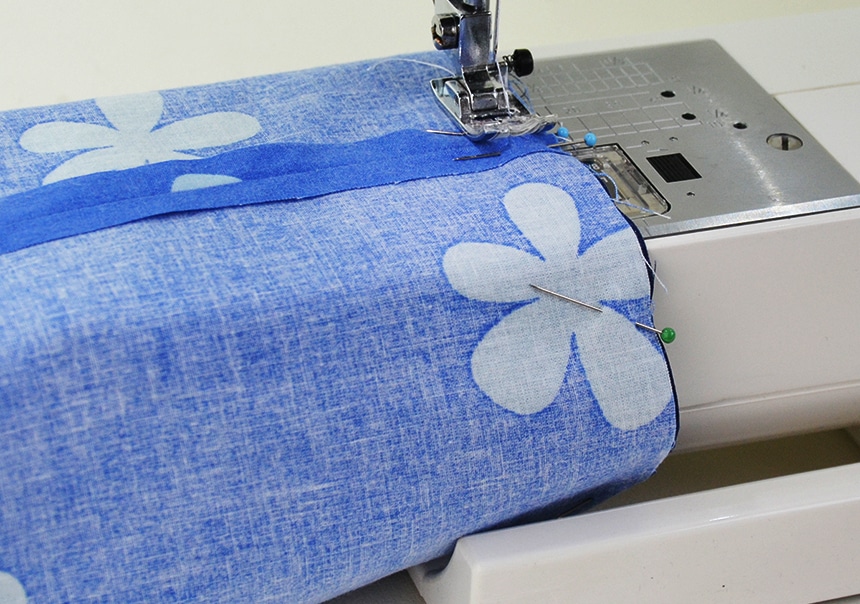
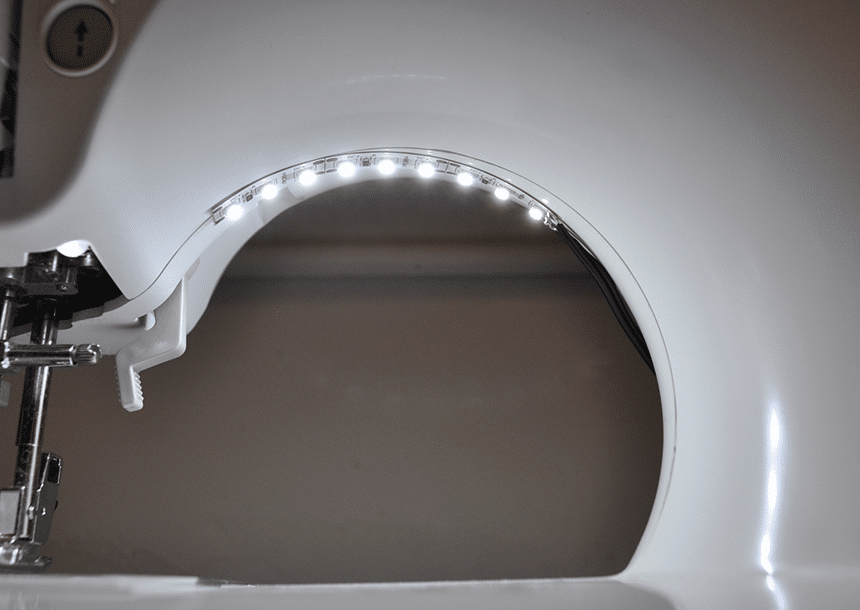
These are the parts that you will only find if you have a computerized sewing machine. These aren’t just reserved for industrial sewing machines Trusted Source Sewing machine - Wikipedia There are mainly two types of sewing machines available: industrial and domestic. Industrial sewing machines are larger, faster, and more varied in their size, cost, appearance, and task. An industrial sewing machine can handle heavy-duty sewing jobs. en.wikipedia.org , and loads of people find that they can get a lot of use out of a computer interface to make their sewing process easier.
Computerized sewing machines often include a lot of extra features and functionality. For instance, you will find that a lot of quilters and embroiderers use these machines. As well as being able to stitch and sew, they can create more complex designs. On top of that, the computer interface may make them easier to use, especially for more tech-savvy people.
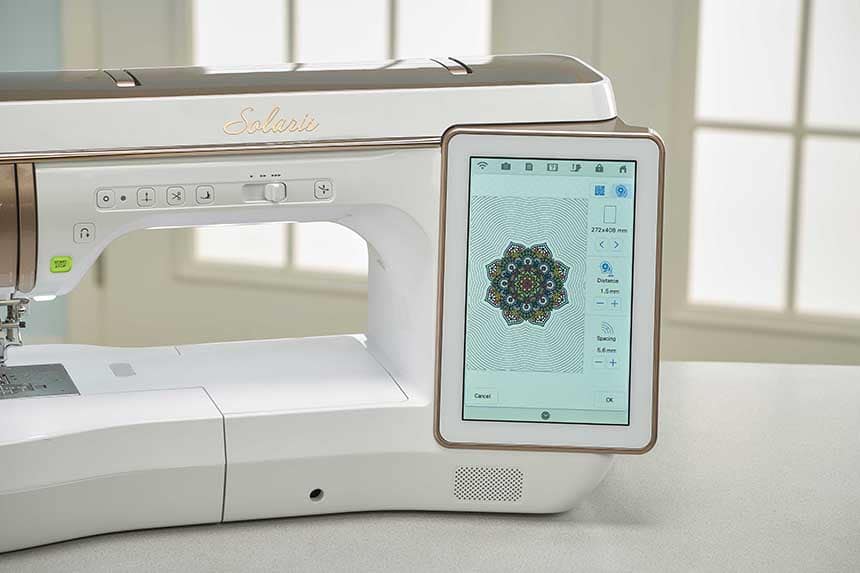
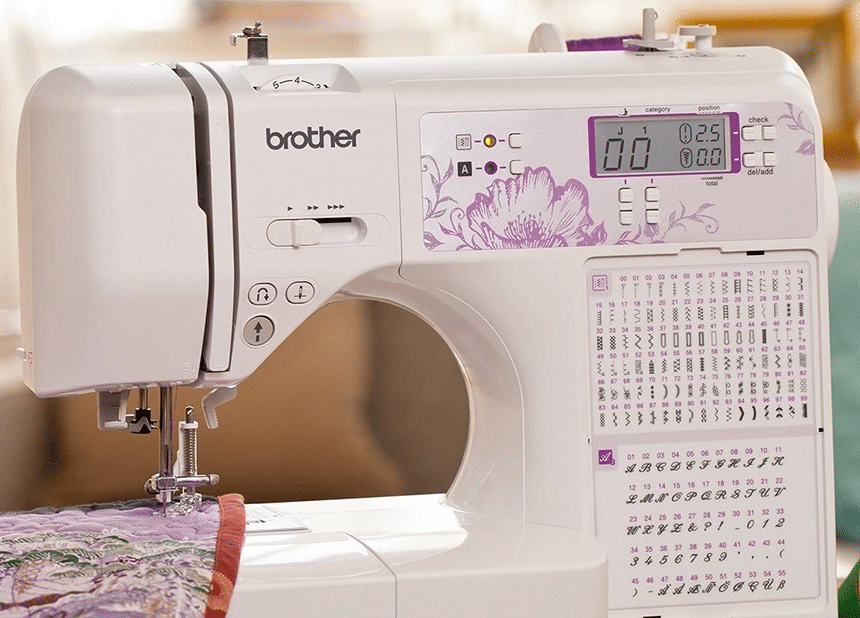
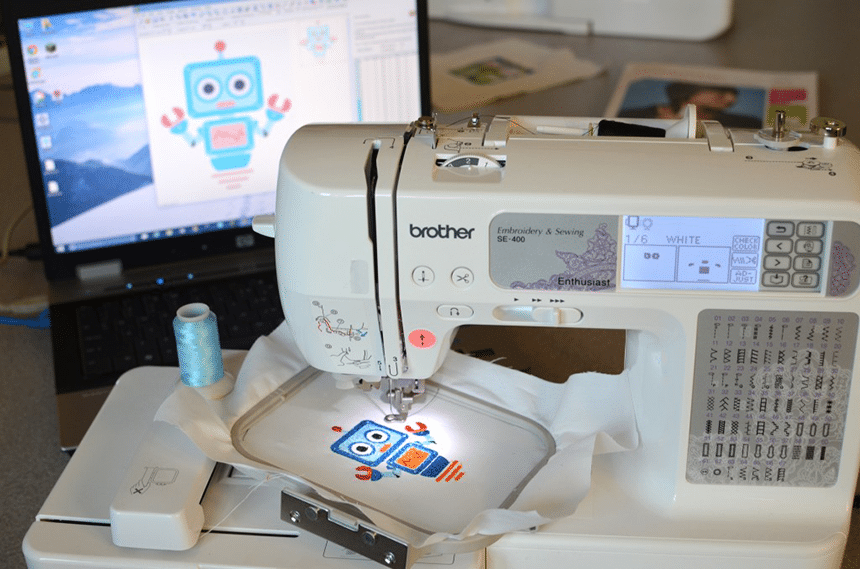
Because an embroidery hoop is its own entity and the embroidery section will work differently to the sewing section, it may have a specific part of the machine that is dedicated to embroidering fabric, separate from the feed dog and the rest of the sewing machine.
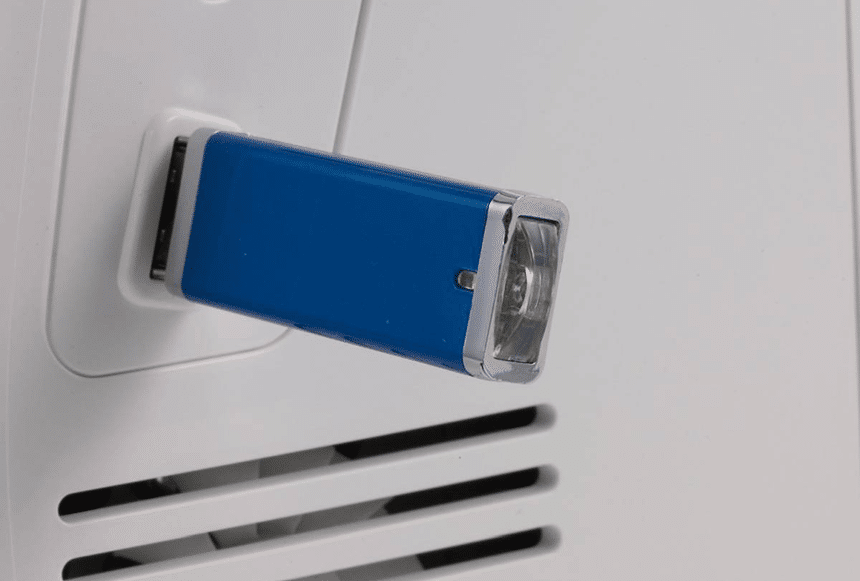
To use the USB port, you can download patterns on your laptop, transfer them to a USB memory stick or pen drive and then upload via the USB port, which will recognize certain types of embroidery files.
Sewing machine designs are evolving and changing all the time, and the fact that we’re coming into a time where technology is taking over means that the high-tech functions like computerized sewing machines will probably continue to alter.
The mechanical parts of a sewing machine show no signs of being changed though. They’ve worked for decades, so why stop now? If you are taking up sewing or getting your first machine, and you’re worried you don’t know your feed dog from your bobbins then our guide will help you to fully understand all of the different parts, and what each one of them does.
Not only does this help you to become better at sewing, it is essential if you need to diagnose a problem and get something fixed.